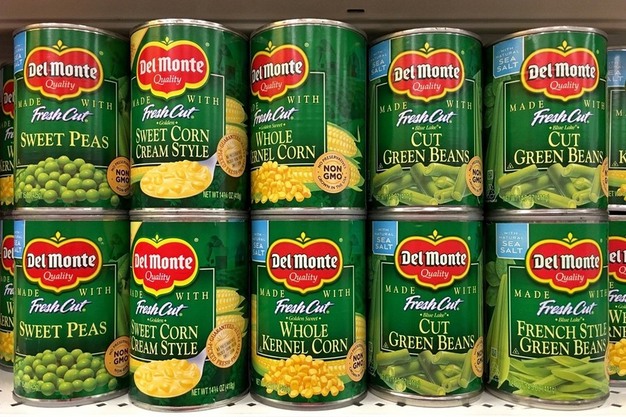Bankrupt canned fruit producer Del Monte Foods has received court approval to hold an auction of its assets after extending deadlines to allow more time for potential bidders to submit offers.
During an August 12 court hearing, company attorney Rachael Ringer confirmed that auction rules were revised following creditor concerns that the process was not sufficiently open to outside participants. “They wanted to encourage as many bidders as possible,” Ringer said, noting the goal of avoiding a process that “tilted the playing field.”
Del Monte currently has an agreement with its lenders to act as the stalking horse bidder, using a process called credit bidding, in which debt holdings are applied toward the purchase price. In Chapter 11 cases, unsecured creditors often argue that credit bidding can discourage competing bids. The lender group, Davidson Kempner Capital Management, Fidelity Management & Research Company, and funds managed by Silver Point Capital, agreed to cap the portion of its offer comprised of debt. “We want third-party bidders to come in,” lender attorney Jason Z. Goldstein said.
 © Del Monte Foods
© Del Monte Foods
The deadline for initial indications of interest was moved from August 20 to September 19, with the final bid deadline extended to November 4. The auction is now set for November 12.
In a July 1 court filing, Del Monte identified transportation firms among its unsecured creditors. Uber Freight is owed $9.1 million, while Saddle Creek Logistics is owed $1.4 million. Uber Freight ranks No. 14 on the Transport Topics Top 100 list of the largest logistics companies in North America, and Saddle Creek ranks No. 66.
Del Monte filed for bankruptcy less than a year after carrying out a debt restructuring. The company owes about $1.25 billion in secured debt and cited several contributing factors to the filing, including excess inventory and rising interest rates.
The debt overhaul completed last year is now the subject of litigation from lenders who were excluded from the transaction. They allege Del Monte defaulted on a $725 million financing agreement when it transferred assets beyond their reach, a move described as a drop-down transaction. This strategy allowed the company to raise liquidity by borrowing against the transferred assets while prioritizing participating lenders through debt swaps and altering payment priorities.
Source: Transport Topics
Source: The Plantations International Agroforestry Group of Companies
